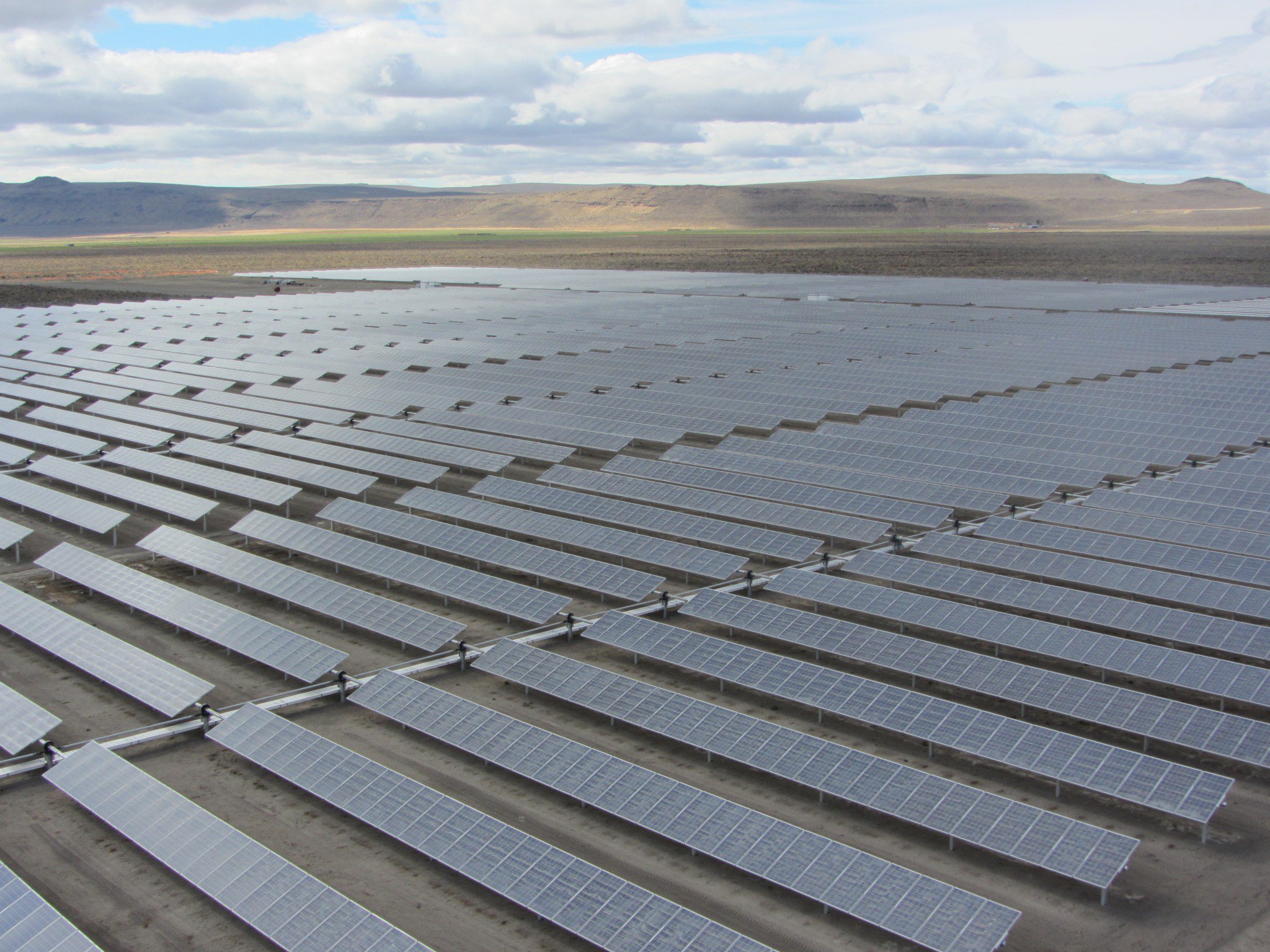The Impact of Plug-in Vehicles, Data Centers, and More
Tracking trends for the Seventh Power Plan
- November 19, 2014
- John Harrison

The Council’s power committee met recently to hear about energy trends for plug-in electric vehicles, data centers, utility-scale solar energy, and combined-cycle natural gas-fired power plants. The information will help in developing its Seventh Power Plan.
Plug-in electric vehicles are proving popular in the Northwest, particularly in urban areas of Washington and Oregon, but less so in Idaho and Montana compared to assumptions in the Sixth Plan.
Through 2035, electric vehicles are expected to represent 10-35 percent of new vehicle sales in Oregon and Washington, and about half that in Idaho and Montana, a slight reduction from the Sixth Plan assumptions, said Massoud Jourabchi, manager of economic analysis. By 2035, demand from these vehicles should be 150-600 average megawatts — small compared to total regional demand, but significant.
Charging electric vehicles varies depending on the time of day. During on-peak (highest demand) times of the day — typically early morning and early evening — the anticipated demand increases from less than 5 average megawatts today to about 30 by 2035. The biggest impact is during off-peak hours when demand is low, such as overnight. That demand is anticipated to increase from less than 100 average megawatts to more than 1,000 by 2035, Jourabchi said.
In general, electric vehicles are three to four times more efficient than gasoline powered vehicles. The cost of electricity per mile driven and assumptions about future sales of electric vehicles will be lower in the Seventh Plan than in the Sixth.
Data centers continue to proliferate, particularly in commercial buildings where they serve a specific business or organization. These embedded data centers, and large ones built by Apple, Google, will consume about 800 average megawatts of electricity this year; about 300 of that from the embedded centers. That total could grow to about 1,340 average megawatts by 2035, based on current assumptions.
Utility-scale solar Photo-voltaic technology continues to improve in both efficiency and cost, said Steve Simmons, energy analyst. It’s a growing power source in the Southwest, attractive because it doesn't consume fossil fuels and has no emissions. Solar has a limited presence in the Northwest, although development may soon increase significantly in Southern Idaho, which probably is the best solar energy area in the region.
Solar power is variable both seasonally and daily. For instance, unexpected cloud cover can dampen expected generation, so it needs to be integrated with other, more flexible power sources. Though utility-scale solar power has relatively high up-front costs, these have been declining rapidly. A forecast of future cost declines will be part of the Seventh Plan.
Combined-cycle gas turbines are a mature technology that continues to improve in efficiency and performance. When hydropower is in short supply, power from combined-cycle plants is an especially valuable resource for the region.
Currently, there is a plentiful supply of low-cost gas so the near-term operating cost estimates for plants are stable. But the 20-year planning horizon is highly uncertain, as future costs will depend on the supply and price of gas and hydropower conditions. While a downside to combined-cycle plants is their CO2 emissions, new plant emissions are expected to be within proposed EPA regulations.



